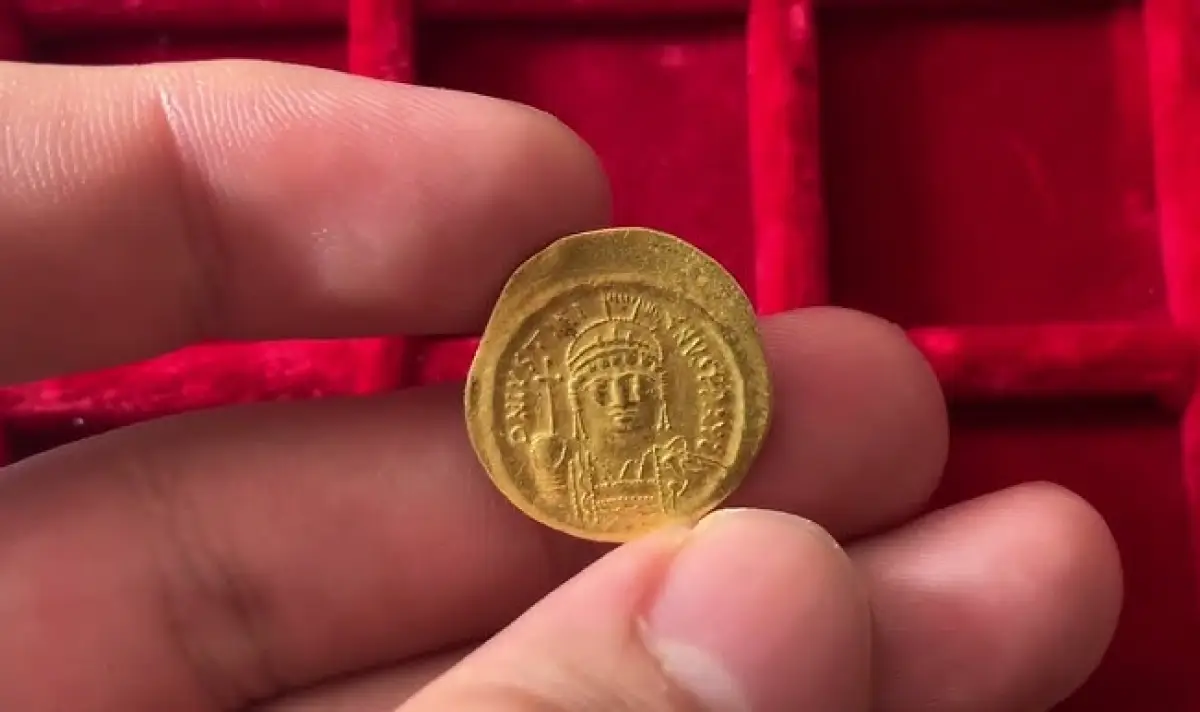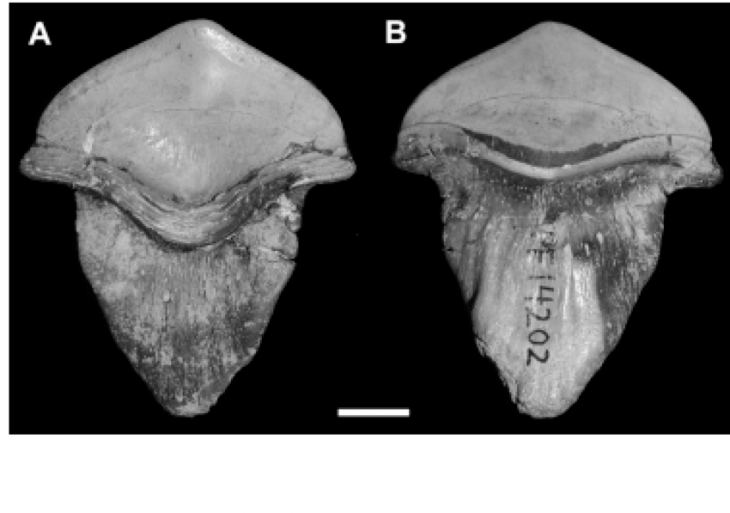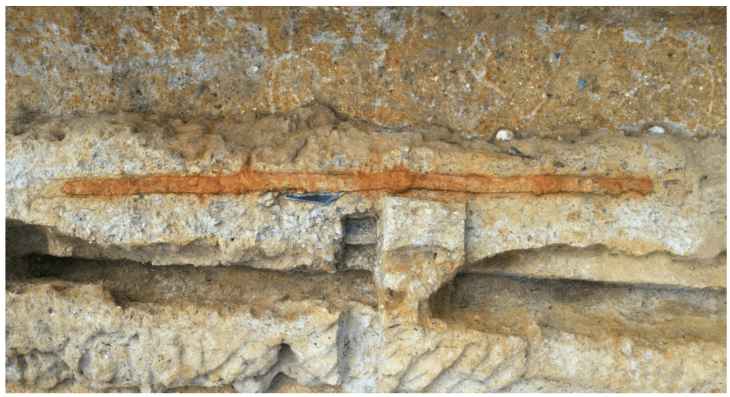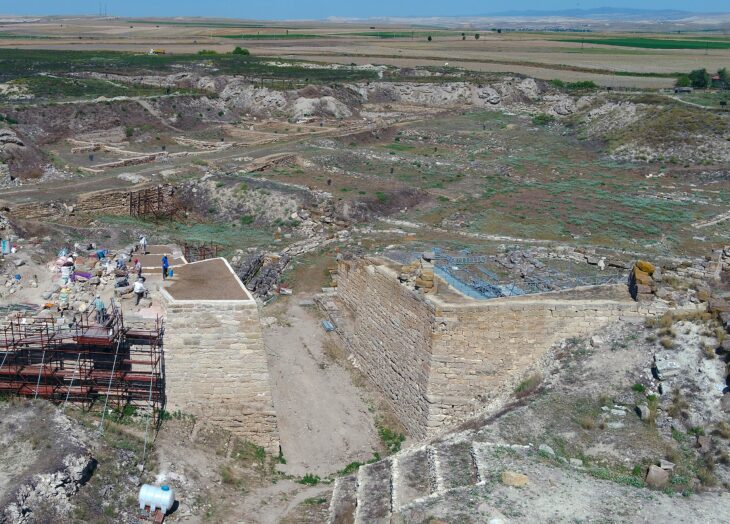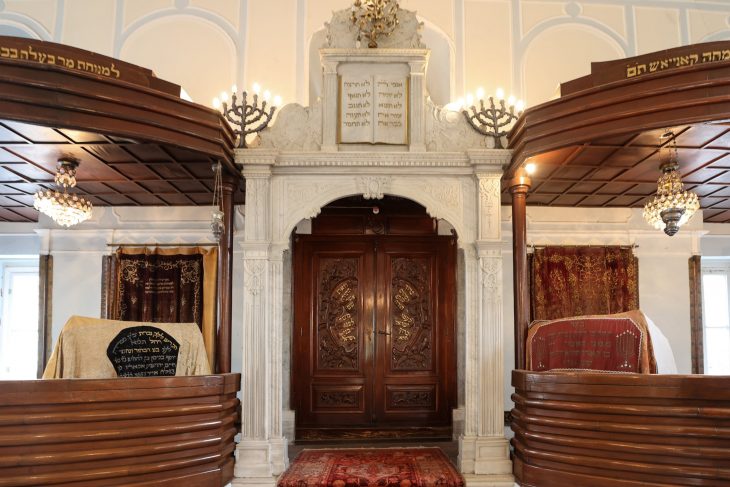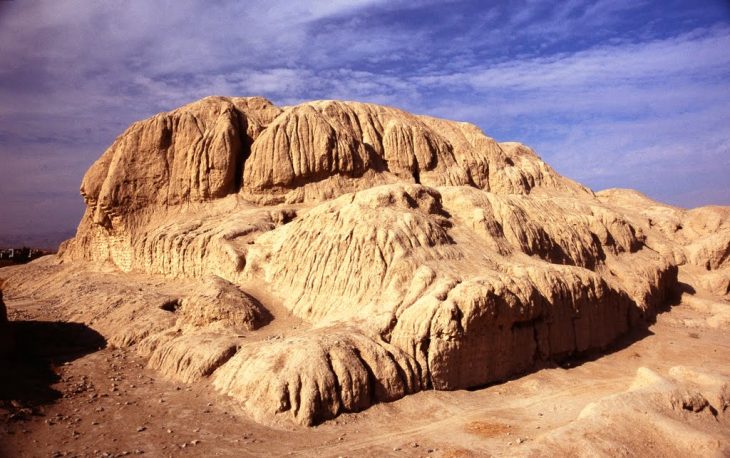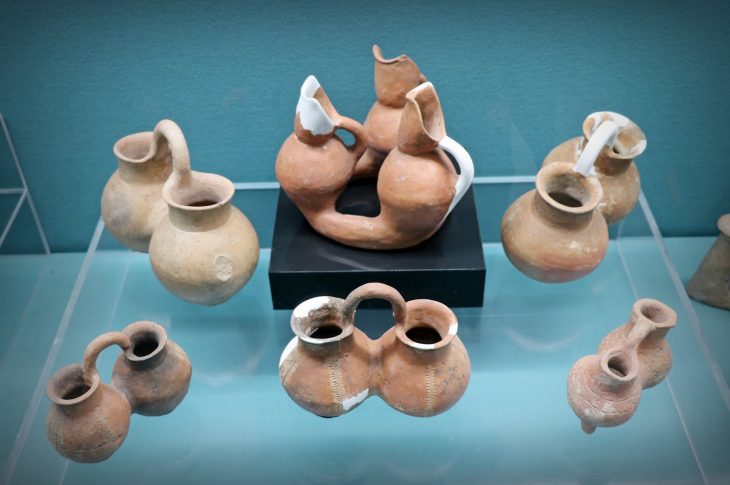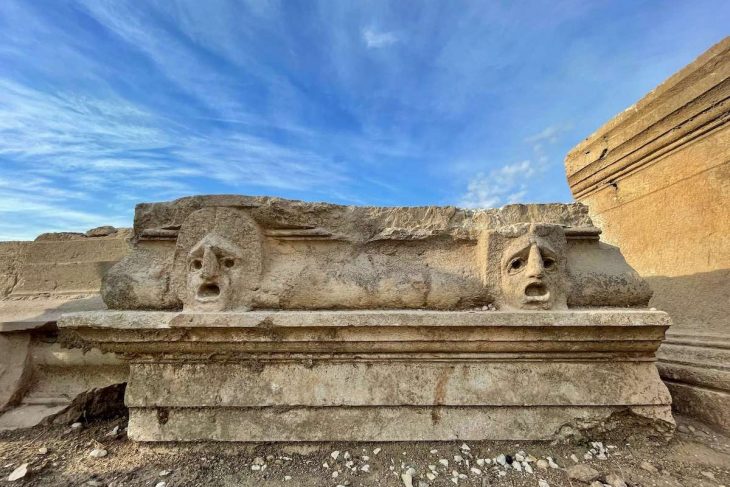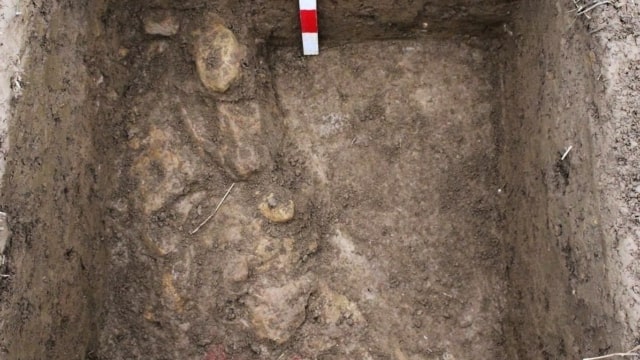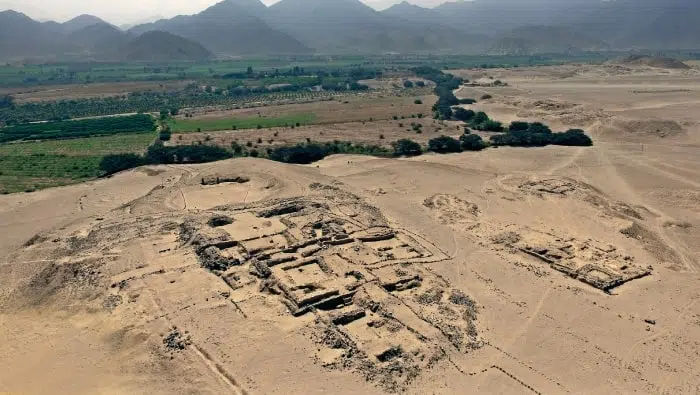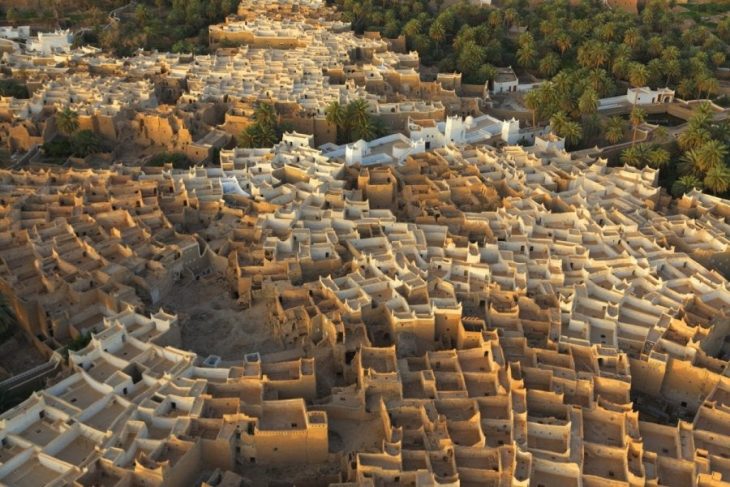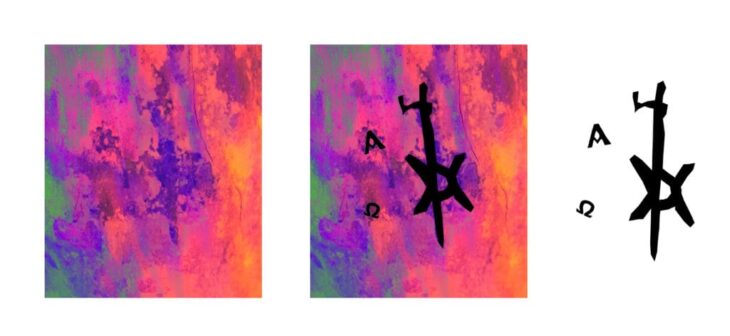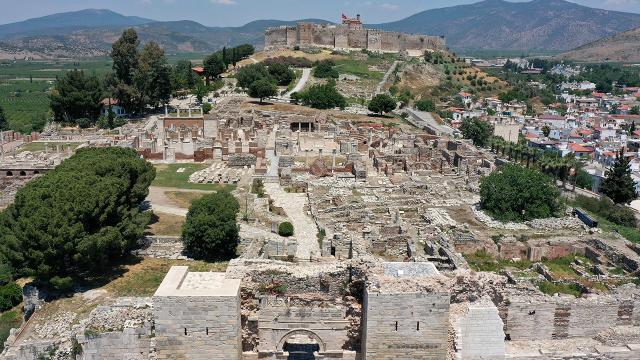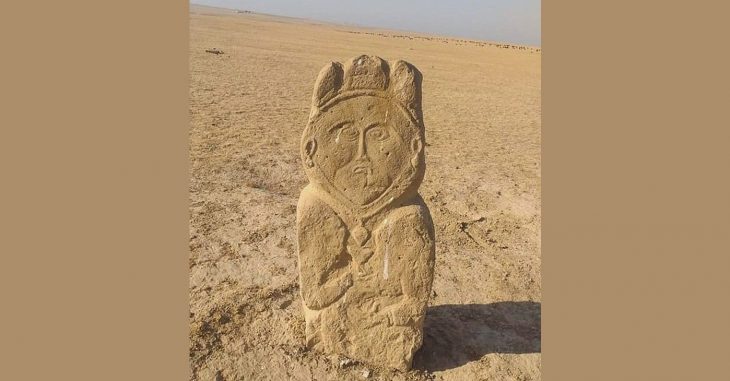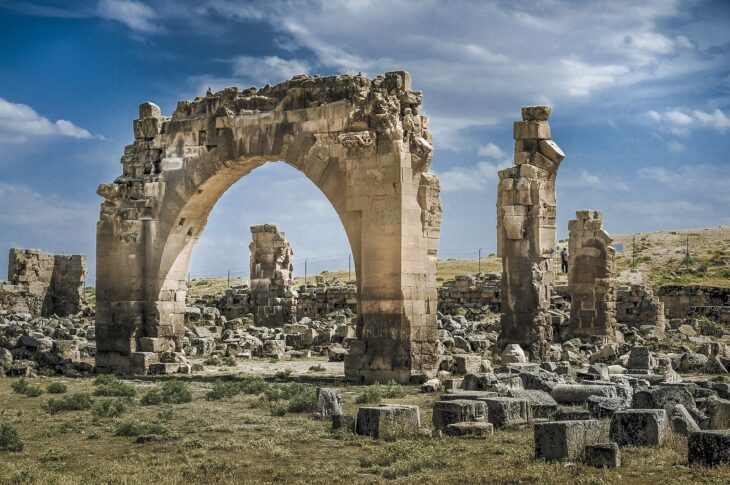Archaeologists have discovered five gold coins dating from the reign of Justinian the Great (483-565) in Debnevo, the largest village in the Troyan Municipality in northern Bulgaria.
Justinian was a powerful emperor, who reconquered previously owned Roman land. During his time of reign, he helped the Byzantine Empire reach its peak in culture and prosperity. From 527 until 565, Justinian I ruled as the Byzantine Empire’s emperor. Justinian is best remembered for his work as a legislator and codified.
The discovery was announced on 27 August by Assoc. Dr. Stiliyan Ivanov from the National Historical Institute with a museum at the Bulgarian Academy of Sciences, who led the archaeological expedition exploring the fortress “Kaleto” above the village.
Archaeologists exploring the Kaleto Fortress above the village found the coins scattered on the floor of a burned-out dwelling dating to the time of the reign of the Bulgarian kings Simeon and Peter.
“During this year, the most interesting archaeological situation is an early medieval dwelling that was burned down. In other cases similar dwellings are found without remains of the internal structure, while here we have the rare opportunity to see the wooden lining of the dwelling, which, although charred, is clearly discernible. It must be related somewhere to the 10th century, to the time of the rule of the Bulgarian kings Simeon and Peter”, the associate professor said.
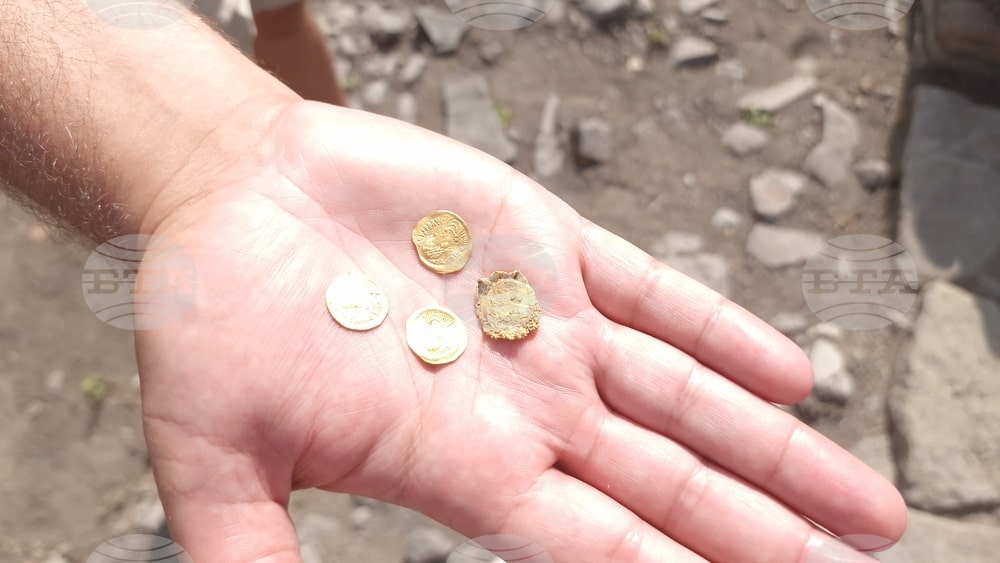
The owners left all the inventory in the dwelling – two iron sickles, iron tools, a belt buckle, three bronze rings, various-sized ceramic vessels, from which it can be judged that they were involved in agriculture, he added.
“The most interesting find from the apartment is the discovery of five gold coins scattered on the floor. Two of them were badly damaged by fire. What is interesting about the coins is that they are much older than the early medieval dwelling where they were found. They date from the 6th century, from the time of Emperor Justinian I. They were most likely discovered by those who built the dwelling and who subsequently preserved them”, said Ivanov.
Although not in circulation, these coins were valuable enough because they were made of gold – a material that was quite valuable even in the Middle Ages”, Dr. Ivanov said.
According to Ivanov, part of the fortress walls are well preserved, while others have suffered because material from them was used to construct a nearby settlement. He said that traces are found of a large Thracian settlement from the 4th-3rd centuries BC, three phases of habitation from Late Antiquity (4th-6th centuries), the First Bulgarian Kingdom, a necropolis from the Second Bulgarian Kingdom and the Ottoman period.

